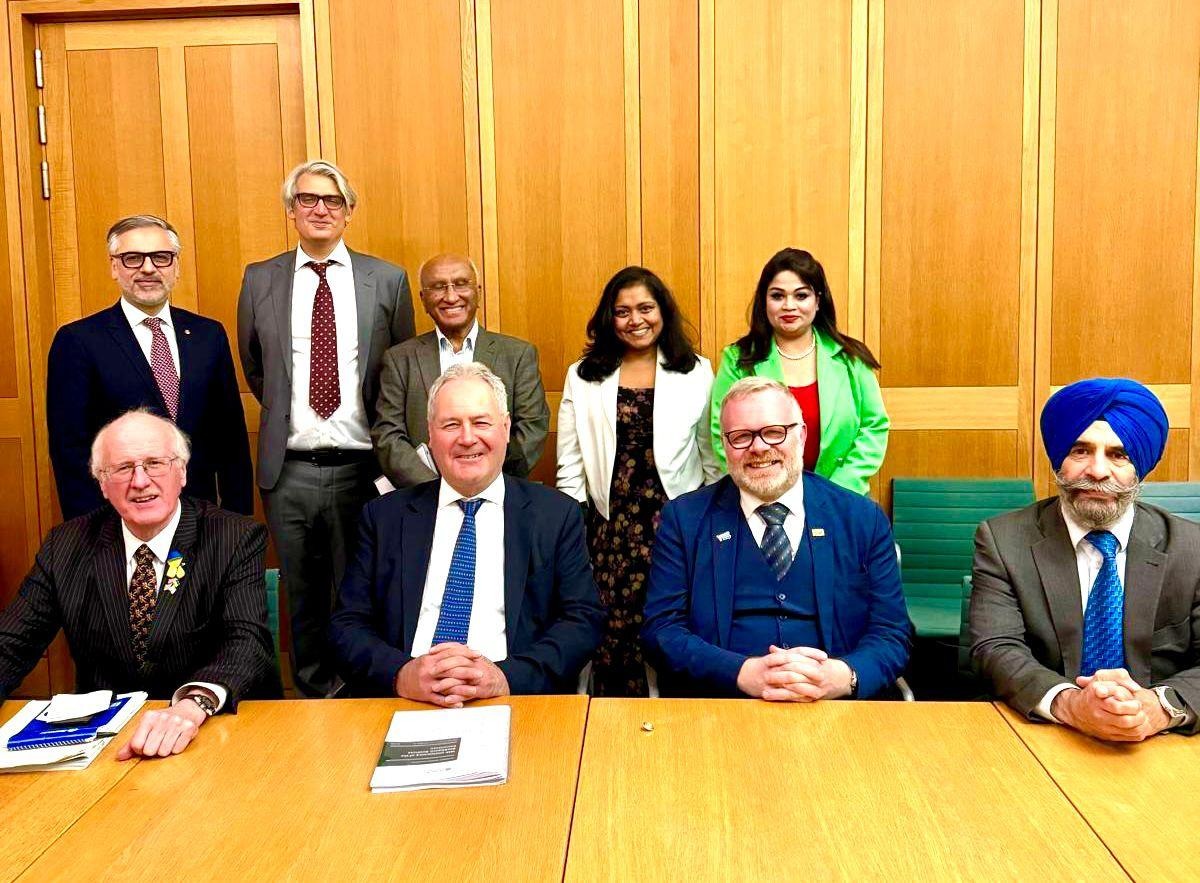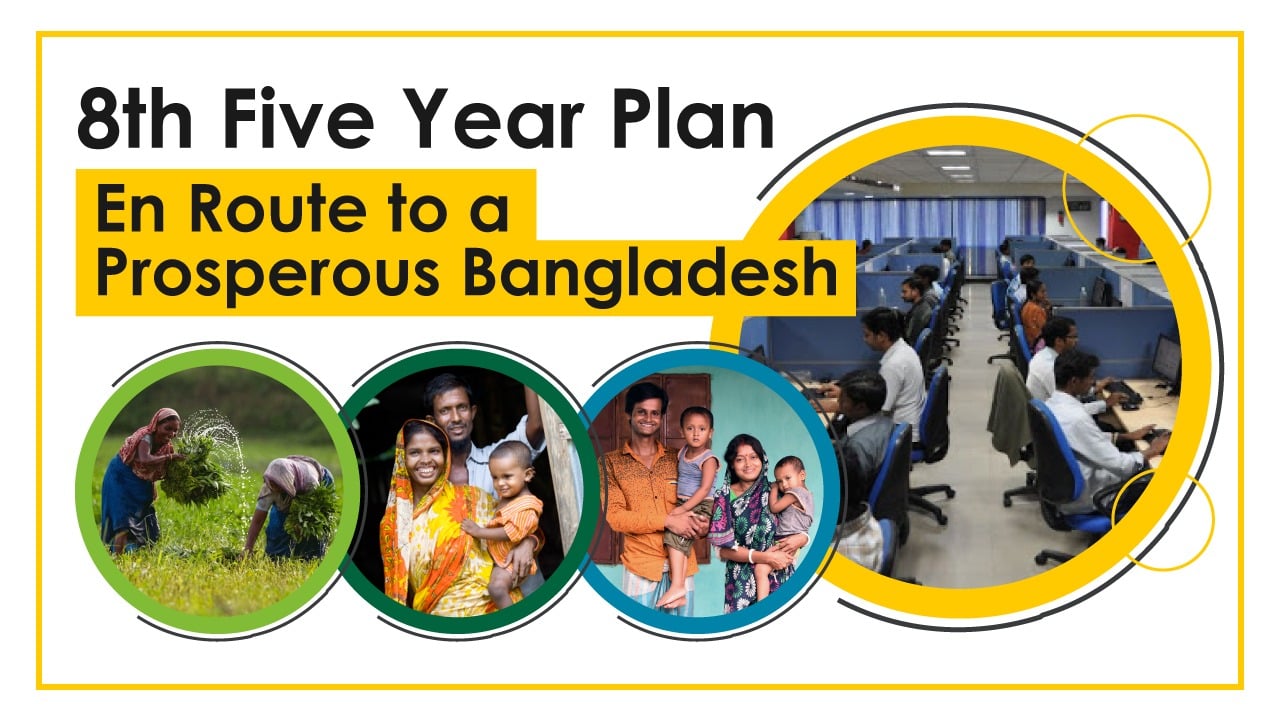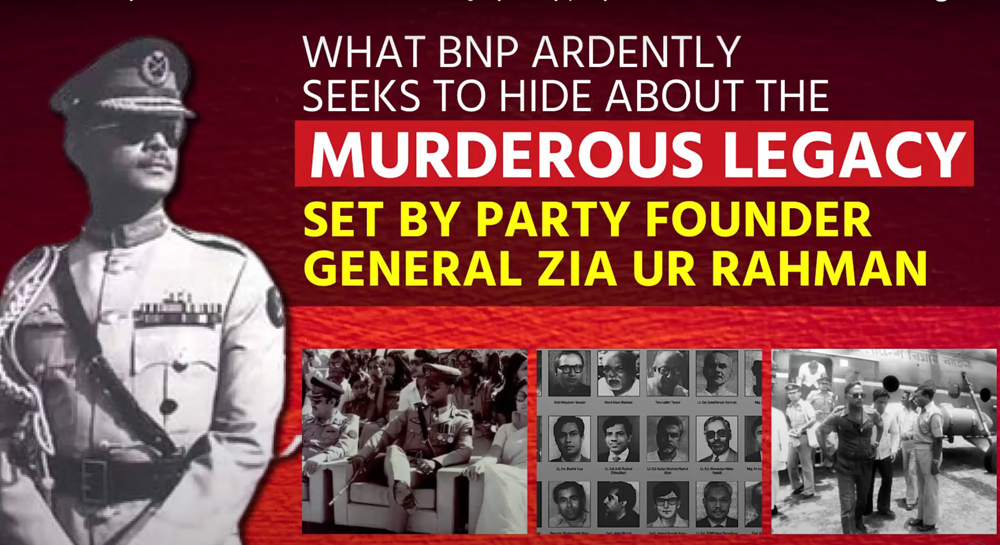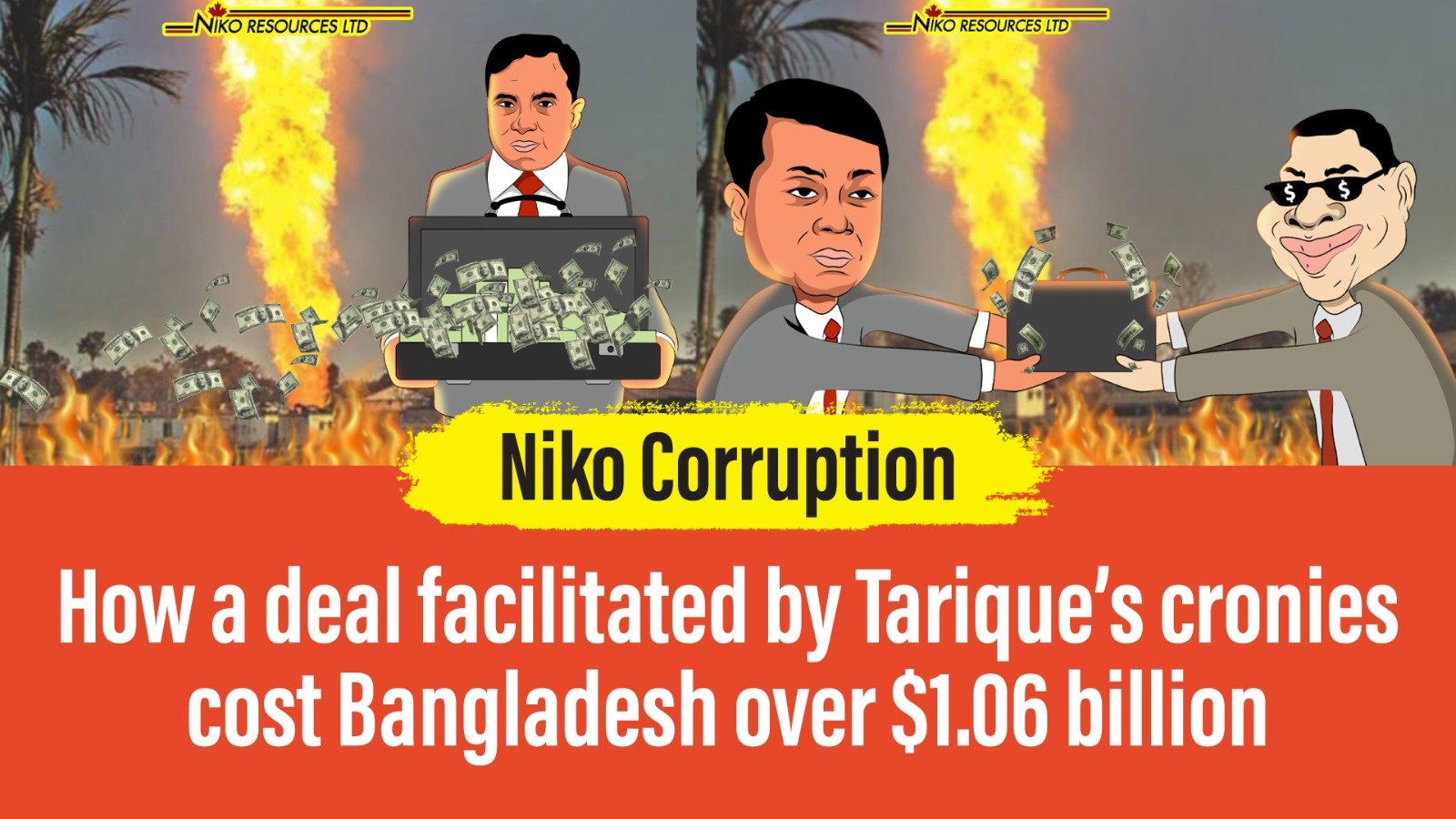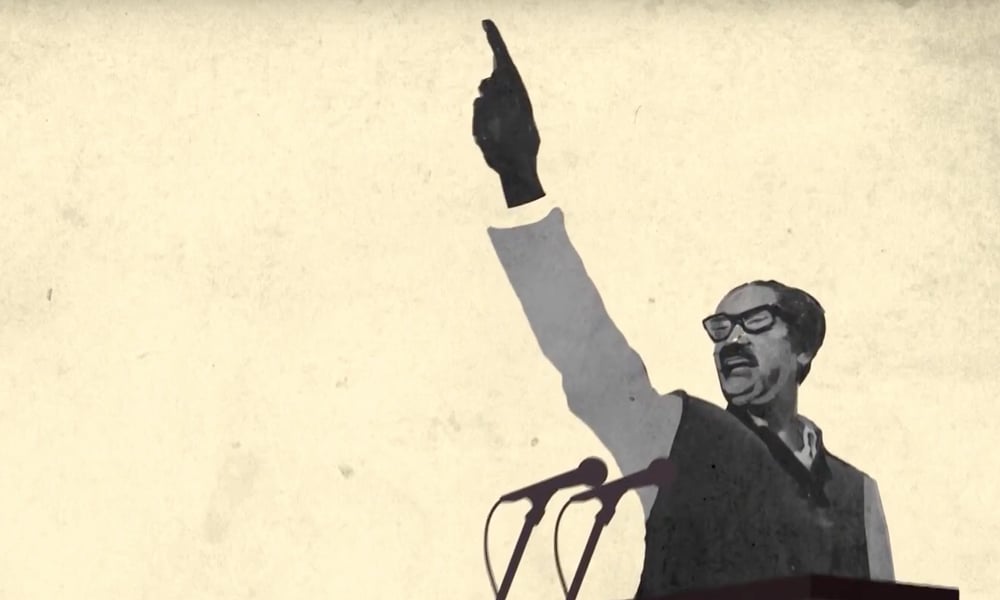2102
Published on December 5, 2022It was 1971. There was no Facebook, YouTube or any other social media like now. So, it was very difficult to get accurate information from outside about what was actually happening in Bengal. People from Europe, America and Africa got little information through a few international newspapers as it was difficult to broadcast the real news even on satellite TV.
The Pakistani military junta took the advantage of this chance and hatched conspiracies with the Liberation War of the Bengali nation. They spread propaganda terming it as ‘civil war’. They told the world that, 'There was no genocide, rape and looting on the soil of Bengal. The Pakistani army is conducting operations to suppress a few miscreants.’ Due to such propaganda and falsehood, the international world remained in dark about the ground situation here.
Therefore, realizing the importance of the situation, the Indian Prime Minister Smt. Indira Gandhi started campaigns for the freedom fighters who risked their lives to liberate the Bengali nation. She aimed to inform the world of the brutal killings and organized rapes of Bengali people by the Pakistanis. She wanted to let the world know about the humanitarian crisis of one crore Bengali who took refugees in India amid inhuman torture and killings.
That is why, Indira Gandhi set out on her 19-day journey on October 24, 1971. She narrated the real picture of the war in Bangladesh to British Prime Minister Edward Heath. She also visited many countries including Belgium, Austria, France, Germany and the USA and presented the overall war situation of Bangladesh to the respective governments and heads of state. She met US President Richard Nixon on November 4 and 5. But when Nixon tried to lightly dismiss the great Liberation War of the Bengalis as the civil war of Pakistan, Mrs Gandhi strongly protested it in the meeting.
The next day on November 6, while addressing a rally at Columbia University in the USA, she drew attention to the Americans and said: “The Pakistan military government carried out a hellish massacre in East Bengal on March 25. In the face of extreme persecution by Pakistanis, millions of Bengalis have been forced to cross the border and seek refuge in India. The people of East Bengal are now vocal in demanding independence, their leader Sheikh Mujib has been arrested and deported to Pakistan. The inevitability of the event is forcing them to form a separate state.’
The Pakistani junta Yahya Khan had proposed her a meeting before she visited France on November 7. But Mrs Gandhi refused. It was an example of the feelings and deep love from the Indian people towards the fearless young freedom fighters of Bengal and the oppressed Bengali nation.
In fact, the world came to know about Bangladesh’s Liberation War and the brutality of the Pakistani junta due to the world tour of the Indian head of the state. Thus, it helped form public opinions and campaigns across the world in favour of Bangladesh’s Liberation War. This is a significant chapter in the history of Bangladesh's independence. In addition, Indira Gandhi also called on with the leaders of the United Nations, the World Peace Organization and Russia (then the Soviet Union) before and after the world tour. And it was India that helped Bangladesh get support from the superpower Russia for the Liberation War. Consequently, China and the United States were afraid of directly confronting the war on behalf of Pakistan. And as a result, the Bengalis defeated the Pakistani forces to get liberated from the shackles of two decade-long slavery and repression.
